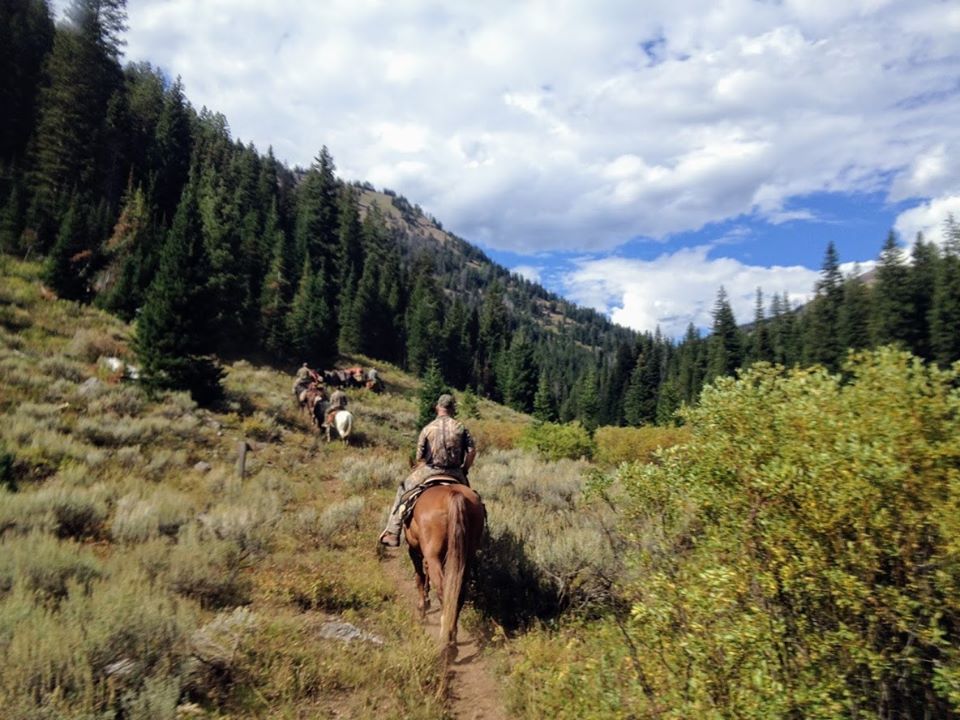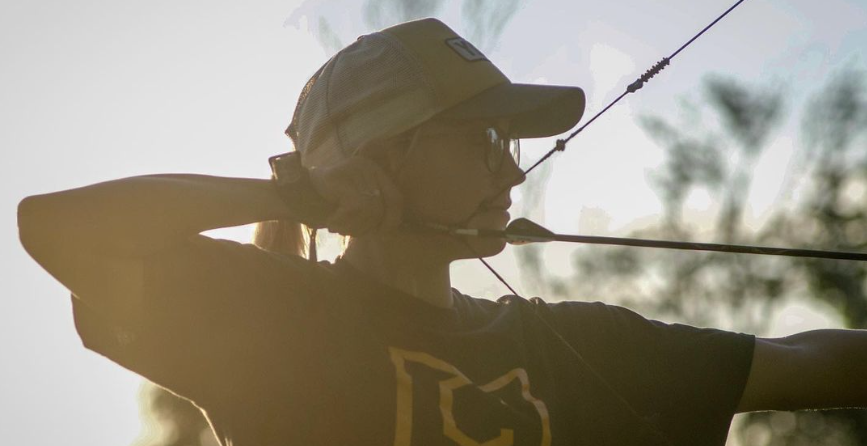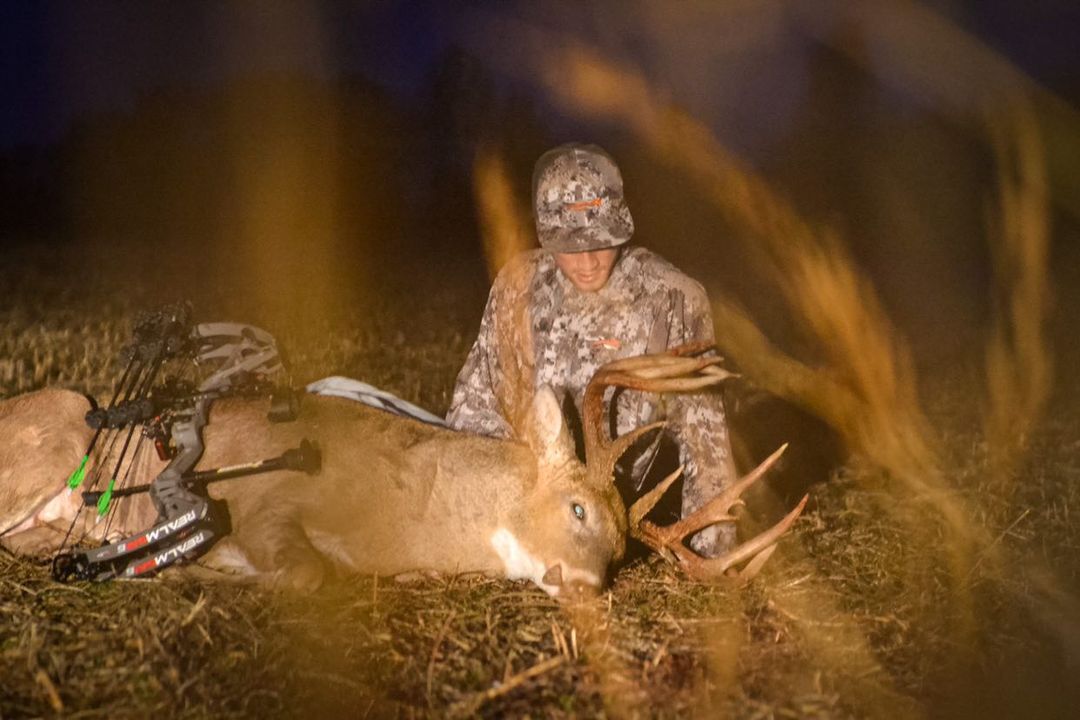There is a misconception that hunters are fat and lazy. Now there may be some of us who are more pear-shaped than others. The truth of the matter is that hunting can be a physically demanding activity. From hiking across a mountain range for a Dall Sheep, climbing a tree stand, drawing a bow, or dragging a deer out of the woods, hunting requires a level of physical fitness that, when maintained, not only makes it more enjoyable but safer as well. While I am notorious for starting projects and routines in the eleventh hour, hunters should practice late physical fitness all year, not just two or three weeks before deer season starts.
Cardio
Cardio is one of the best forms of activity that outdoors people can use in all forms of hunting, fishing, or outdoor activities; walking, jogging, or running helps to improve coordination, burn fat, and increase stamina needed for extended trips into the backcountry. Even if the walk to your stand is only a couple hundred yards, the extra steps you take in the off-season will improve your balance and allow you to maintain proper form when standing or keep you from face-planting if you miss that root right before your tree stand. While not about physical fitness, putting in miles before the season allows you to test your gear. Taking a weekly or even monthly hike in your boots with your pack will let you know if everything fits.
Upper Body Workouts
For archery and shooting sports, you should be honing those fine motor skills year-round by hitting the range to keep your muscle memory fresh. On top of squeezing the trigger or launching arrows at a target, hunters can do various workouts to increase strength in essential muscle groups. Push-ups, dumbbell rows, and bench dips are excellent do-anywhere exercises that will help you draw a bow or steady a rifle.
Credit: November Archery Whitetail Hunt
Making these 15-minute workouts part of your weekly routine, especially several nights a week, will allow you to stay in those positions longer, hold them more accurately, and reduce potential injury. While firearms usually don’t get heavier, except for holding them for a longer, frequent working out allows you to draw a heavier bow.
Medieval England required all men of military age to practice with their long bows every Sunday after church. The result was that archers of the time could draw and fire longbows with a draw weight exceeding 100 pounds. No one’s going to expect you to draw 100 pounds, but there’s some comfort in knowing that English peasants were seeing results and gains from just one day a week’s practice.
Credit: November Archery Whitetail Hunt
Lifting and Dragging
For big game hunters, more injury or strain comes from trying to pull or pack an animal out of the woods than any other aspect of a hunt. After a long day in the woods, you have added a heap of weight to your pack or sled. Just like every other aspect of the hunt, you should factor this into your workout. Squats, lunges, and even the dreaded burpee are all excellent moves to help get your quads and core into better shape. Adding a few sets of shoulder presses and bicep curls will give you extra muscle for hauling that laden pack onto your back or swinging the whole hog up your shoulder.
You don’t have to have the fitness regimen of Cameron Hanes to enjoy the outdoors. But, with every extra mile you log, every soda you skip, and every weight you lift, you will be one step closer to an all-around easier hunt. You will be able to hunt harder and farther than you did last year, and those ounces of sweat can be pounds of backstrap in the freezer.



